Jan 16, 2021 at 10:27 am
A History of the Sisak Synagogue
Update posted by Danijel MajcenThe size and significance of Sisak's Jewish community for the city of Sisak is reflected in the grandeur and architectural beauty of the Sisak synagogue and its location in the city of Sisak (in the city center).
It was constructed between 1986 and 1890, in the center of the then hectic and rich trading city on three rivers. Its rabbis were dr. Bertolf, dr. Hajes and dr. Beno Rajs. Its cantor was Isak Klinkovštajn, and there was also a mixed choir.
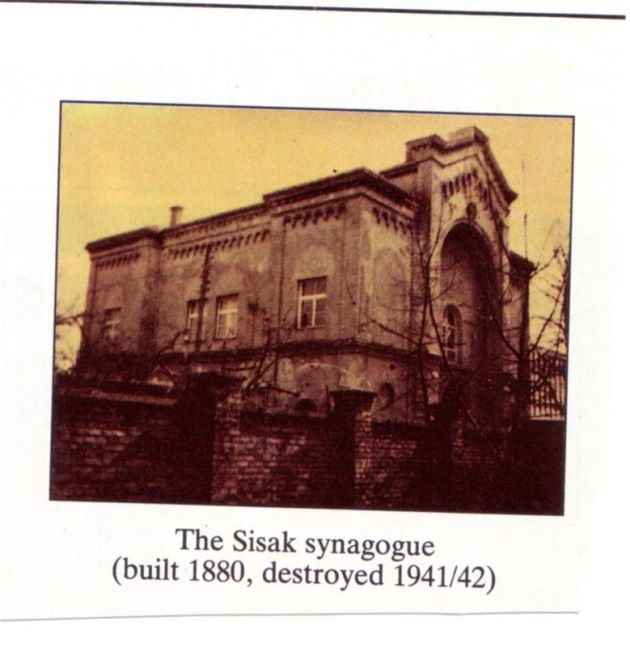
It is presumed that the first Jewish people came to Sisak from Vienna, at the time when the railway was being constructed, in the mid-19th century. Sisak was then at the peak of its development as a trade center. Jewish families were predominantly merchants. The oldest families recorded in Sisak are Liberman, Goldman and Kornfeld, and the most well-known families were Alexander, Rajs, Firš and Fleš.
The presidents of the Sisak Jewish community over time were dr. Fric and dr. Emil Fleš.
Also active were the Zionist Organization, the youth organization "Makabi" and the women's organization WIZO.
Unfortunately, there is very little information on the work and life of the community, because the documentation was destroyed. The Jewish community in Sisak was destroyed in the Holocaust during World War II, its members killed in the most horrific crime of the 20th century, the Holocaust.
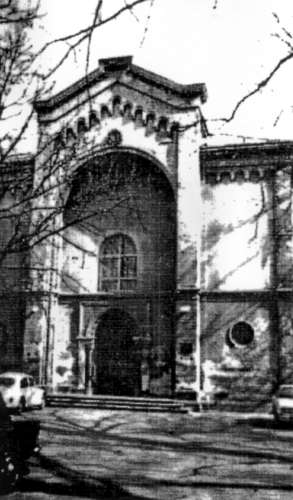
By World War II, the vibrant, rich, and highly esteemed community in the city was destroyed to such an extent that today, according to the census of the Jewish community in Zagreb, there is only one Jewish family in Sisak.
The synagogue was looted and ransacked in World War II, left exposed to the elements. It was twenty years later that the building was converted into a music school. Thus, although losing its original purpose, it was at least saved from complete decay.
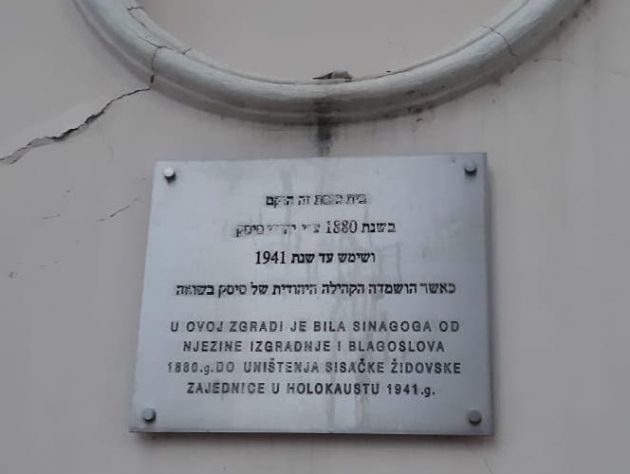
In our work with students, we always emphasize our luck in learning music in the former synagogue, we introduce young people from Sisak to the rich culture of the Jewish community, and during this school year, there was a plan to carry out a project (lectures and a concert) dedicated to traditional Jewish music and Jewish composers who lived in Croatia as part of the classes of music history and choral and instrumental classes. We try to keep the memory of the Jewish community and culture alive in Sisak. The work of one of our professors in the music school, Ankica Vojnović-Tonković, on researching the life and work of composer and music critic Žiga Hirschler earned her an invitation to the Symposium on Jewish Culture held at the premises of the Jewish Community in Zagreb.
The crimes and violence committed against the Sisak Jewish community are unforgivable. We hope that this earthquake will not erase the last trace of Jewish culture in the city of Sisak forever.
The book ""Spomenici 1919-1969" (Savez jevrejskih opština Jugoslavije)" (Monuments 1919-1969 (Association of Jewish Communities of Yugoslavia)) states that in 1940 there were 238 members of the Jewish community of Sisak. The president of the community was dr. Emil Flesch, and the rabbi was Dr. Beno Reiss.
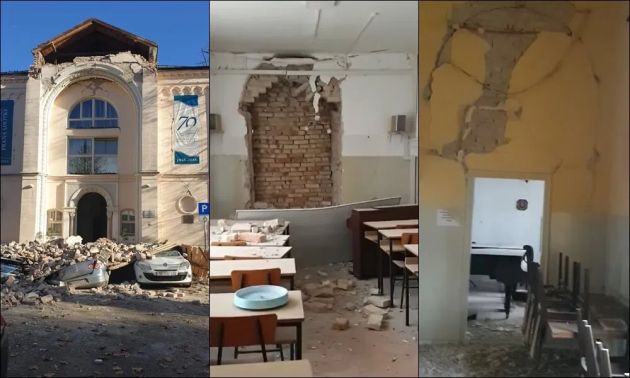
All of us school employees, and especially the students, loved that building like our own home.
Let us all together enable the memory of the Jewish community in Sisak to live on through the noble vocation of teaching and performing music, that universal language of all people.
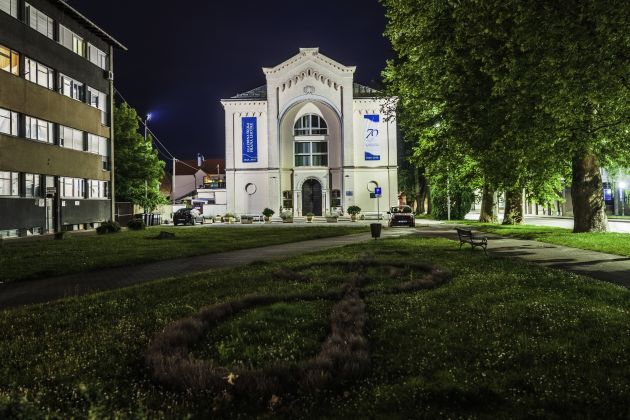
before Earthquake
